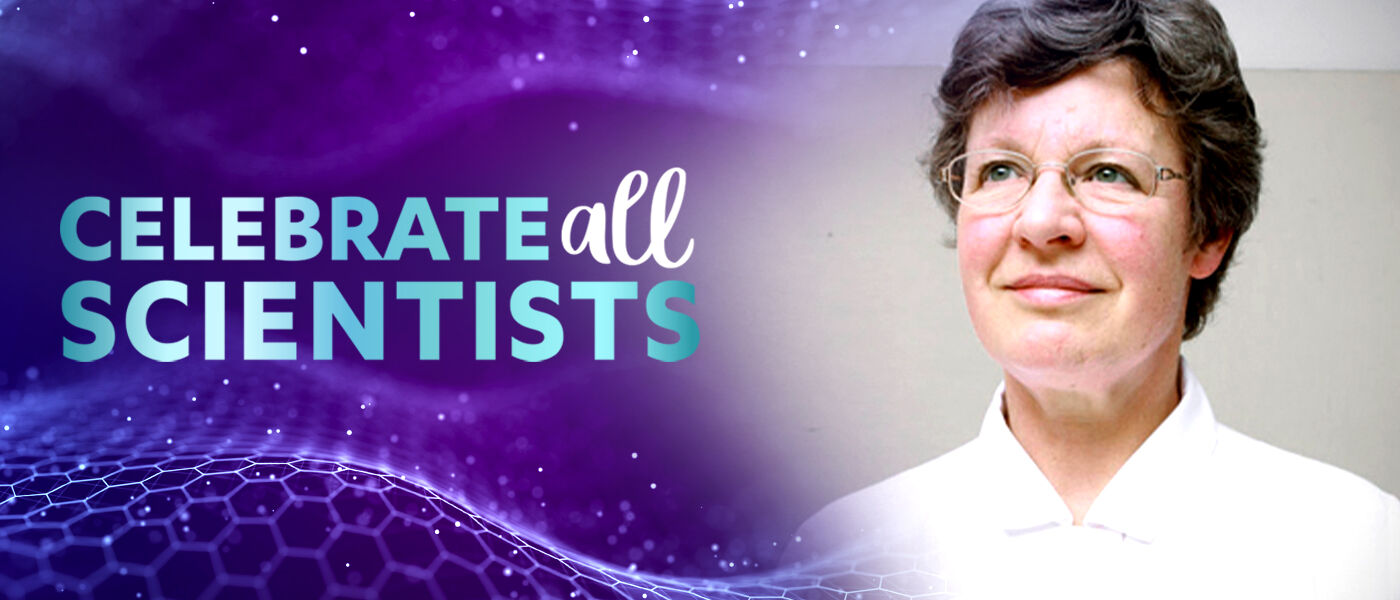Celebrate All Scientists: Jocelyn Bell Burnell

It’s easy to take for granted today just how much we know about the universe around us, and how quickly we’ve learned it. We’ve learned about quasars, black holes, and even other galaxies like our own Milky Way, each with billions of stars.
And women have been a crucial part of that achievement, from Annie Jump Cannon, whose work developed our classification system for stars, to Katie Bouman, who was on the team that took the first ever picture of a black hole in 2019.
March is Women’s History Month, and today LSC celebrates one such astrophysicist: Jocelyn Bell Burnell, the woman who discovered pulsars.
In 1967, Jocelyn Bell Burnell was a Ph.D. student at the University of Cambridge, where she was working on a radio telescope called the Interplanetary Scintillation Array.
As she pored over a chart of data, she noticed something that stood out: a strange signal from space. Unusually, this signal seemed to “turn on,” then “off,” suddenly disappearing from the sky, then on again. Bell Burnell established that the signal was doing this very regularly – about once every 1.3 seconds.
These signals weren’t from aliens, but rather they were pulsars – tightly packed objects spinning around incredibly fast. Unlike our sun, pulsars don’t shine their light in all directions but instead collect most of that light and energy and blast it in only two directions: the north and south magnetic poles of the pulsar.
Here on Earth, we can only see the pulsar when its beam points towards us; when it spins away, we see nothing. And because it’s spinning very fast, we see it blinking every 1.3 seconds or so, just like Bell Burnell observed.
Pulsars – which are a kind of neutron stars – are some of the most intense objects ever observed outside of black holes, and we’ve learned a lot of physics by studying them.
This was a discovery worthy of a Nobel Prize, and one was awarded – only not to Bell Burnell, but rather to her supervisor.
It wasn’t until 2018 that she finally won an award for her discovery: the Special Breakthrough Prize in Fundamental Physics, from which she won three million dollars. Bell Burnell donated all of the money to help women, under-represented ethnic minorities, and refugees to get into physics.
Today, pulsars are a crucial part of any astrophysics curriculum. They are essential to our understanding of how the universe works, and none of that would have been possible without the tremendous contribution of Jocelyn Bell Burnell.
